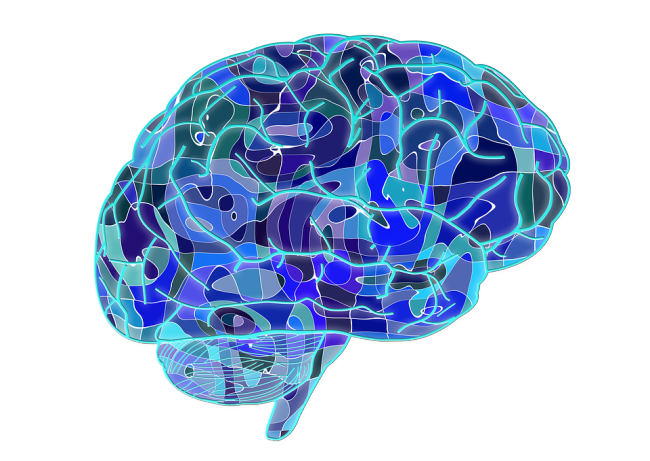 This human-specific neotenous process, in view of evolutionary significance, provides an extended time window for brain development and neural network plasticity, a key factor affecting the formation of human intelligence. However, the genetic basis of human neoteny was little known.
This human-specific neotenous process, in view of evolutionary significance, provides an extended time window for brain development and neural network plasticity, a key factor affecting the formation of human intelligence. However, the genetic basis of human neoteny was little known. In 2004, the research team led by Dr. SU Bing from Kunming Institute of Zoology, Chinese Academy of Sciences, uncovered many human-specific amino acid changes in MCPH1, a key gene for brain development. In 2013, using in vitro assays, they further proved that the human-specific MCPH1 sequence changes were indeed functional by changing the regulatory pattern of its downstream genes.
Based on the previous work, SU's team firstly constructed a transgenic monkey model by introducing the human MCPH1 copy into the monkey genome and they obtained 8 first-generation and 3 second-generation transgenic monkeys.
By tracking brain development using brain imaging technology (MRI), SU's team found that the transgenic monkeys showed delayed neural differentiation and neural network maturation.
Further histology and transcriptome analyses indicated that the expression of many genes involved in neuro-differentiation and neural maturation were suppressed with delayed expression peaks during brain development. This may serve as the molecular basis of the observed delay of brain development.
Most importantly, their cognitive tests demonstrated an improved working memory and shorter reaction time of the transgenic monkeys compared with the wildtype controls, suggesting that the delayed brain development of the transgenic monkeys is cognitively beneficial, similar to the neotenous process in humans.
This study represents the first attempt of dissecting the functional outcome of human-specific genetic changes during evolution using a nonhuman primate model.
The findings demonstrate the immense potential of using transgenic monkeys to study human-specific traits or usage in biomedical research to model human-specific neuro-degenerative disorders. The study was published in National Science Review.
The study was a collaborative effort, joined by scientists from Kunming University of Science and Technology, The First Affiliated Hospital of Kunming Medical University and University of North Carolina.
This study was supported by the Strategic Priority Research Program of the Chinese Academy of Sciences, the National Natural Science Foundation of China and the Youth Innovation Promotion Association of CAS.
(Editor: ZHANG Nannan)
english.cas.cn


